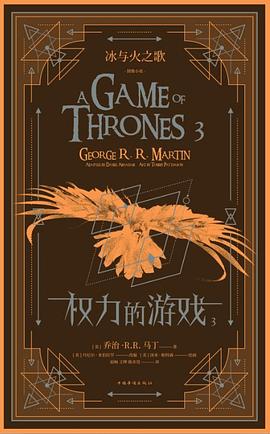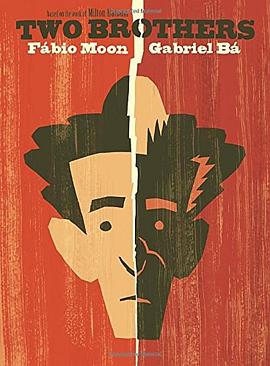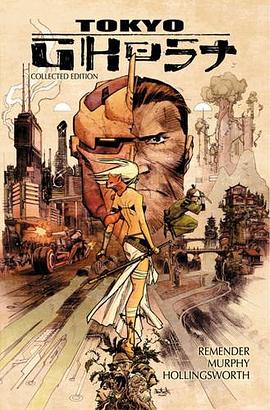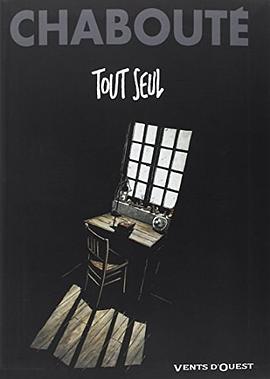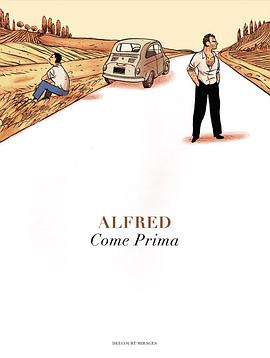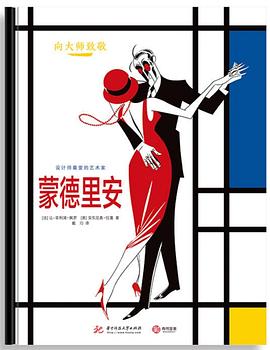

具体描述
The primacy of words over images has deep roots in Western culture. But what if the two are inextricably linked, equal partners in meaning-making? Written and drawn entirely as comics, Unflattening is an experiment in visual thinking. Nick Sousanis defies conventional forms of scholarly discourse to offer readers both a stunning work of graphic art and a serious inquiry into the ways humans construct knowledge.
Unflattening is an insurrection against the fixed viewpoint. Weaving together diverse ways of seeing drawn from science, philosophy, art, literature, and mythology, it uses the collage-like capacity of comics to show that perception is always an active process of incorporating and reevaluating different vantage points. While its vibrant, constantly morphing images occasionally serve as illustrations of text, they more often connect in nonlinear fashion to other visual references throughout the book. They become allusions, allegories, and motifs, pitting realism against abstraction and making us aware that more meets the eye than is presented on the page.
In its graphic innovations and restless shape-shifting, Unflattening is meant to counteract the type of narrow, rigid thinking that Sousanis calls “flatness.” Just as the two-dimensional inhabitants of Edwin A. Abbott’s novella Flatland could not fathom the concept of “upwards,” Sousanis says, we are often unable to see past the boundaries of our current frame of mind. Fusing words and images to produce new forms of knowledge, Unflattening teaches us how to access modes of understanding beyond what we normally apprehend.
作者简介
Nick Sousanis is a comics artist and an educator. He is a Postdoctoral Fellow in Comics Studies at the University of Calgary.
目录信息
读后感
形式大于内容,会画画真的很厉害。 讽刺的是文章核心思想仍旧是通过文字传递的,至少我在看书的时候第一眼是阅读文字,再看绘画的展现。这么一看作者用图像塑造一种崭新认知方式的想法好像并没有成功… 于是在这种情况下,作品展现的信息量和探讨的深度广度都很有限。作者的观...
评分我们所生活的世界是我们已经习得的世界。过往对世界的经验在我的周遭构筑起一道边界,既保护了我,也限制了我。而这边界某种意义上可以类比成书中提到的“平面”(虽然在我的幻想中它更像一种球面)。它们所指向的东西,可以解读成是“更广阔世界的截面”(当然还有其它解读方...
评分个人认为书名叫“破立”更好。本书目的在于教人如何实现“主动的内在的破立”。 第一章:平面(平面中的人) “没有破立意识与破立能力的人是什么样的?” 第二章:平面国(正方形:线、球、球之外) “何为破立?” 细节:破立包括表现为“某次不寻常经历”的被动破立与“从'...
评分个人认为书名叫“破立”更好。本书目的在于教人如何实现“主动的内在的破立”。 第一章:平面(平面中的人) “没有破立意识与破立能力的人是什么样的?” 第二章:平面国(正方形:线、球、球之外) “何为破立?” 细节:破立包括表现为“某次不寻常经历”的被动破立与“从'...
评分个人认为书名叫“破立”更好。本书目的在于教人如何实现“主动的内在的破立”。 第一章:平面(平面中的人) “没有破立意识与破立能力的人是什么样的?” 第二章:平面国(正方形:线、球、球之外) “何为破立?” 细节:破立包括表现为“某次不寻常经历”的被动破立与“从'...
用户评价
真的是博士论文?!爸爸!您就是爸爸呀
评分购于kiss library,图画得很一般
评分好无聊啊……这个博论基本上就是把各种当代理论生拉硬拽到一块儿,并且很神奇地在转译中对激进理论进行了批量化的玛丽苏式处理,绘画起到的功能大多也只是对文字的解释说明,充其量是illustration,而根本没挖掘出图像illumination的潜能。
评分作者重视图像的表达而简化了文字,让文字变得更加具有符号性质了。如果能对接上这些符号后面的想法,是本非常有意思的书。无论是科学还是语言都有把符号(信息)当作现实的倾向。(这是另一个有趣话题...
评分A good one in conjunction with Scott McCloud. But I got annoyed as I read, just wanted to get through the words without thinking about the images.
相关图书
本站所有内容均为互联网搜索引擎提供的公开搜索信息,本站不存储任何数据与内容,任何内容与数据均与本站无关,如有需要请联系相关搜索引擎包括但不限于百度,google,bing,sogou 等
© 2025 book.quotespace.org All Rights Reserved. 小美书屋 版权所有




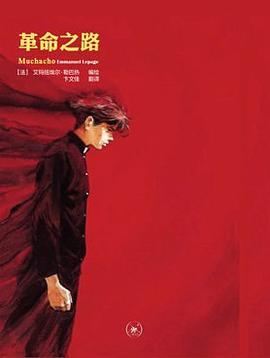

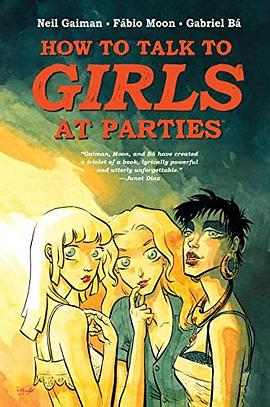
![安妮日記[漫畫版] pdf epub mobi 电子书 下载](https://doubookpic.tinynews.org/429962042ac682e297fcf2d2985f24c17507cf07d57b6b99bd8290ea6ffdf75b/s29696075.jpg)
